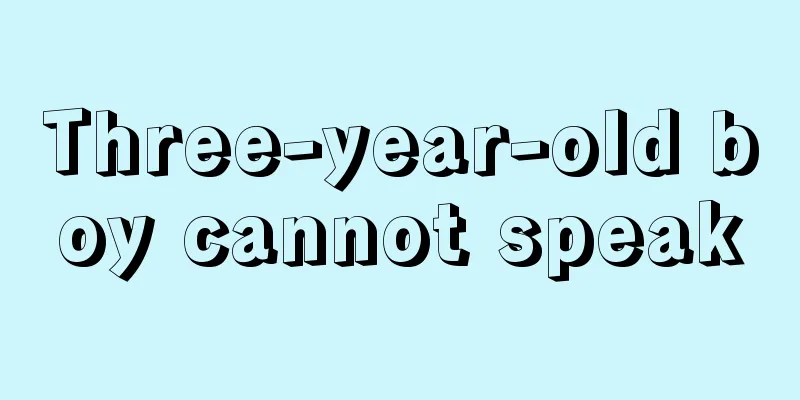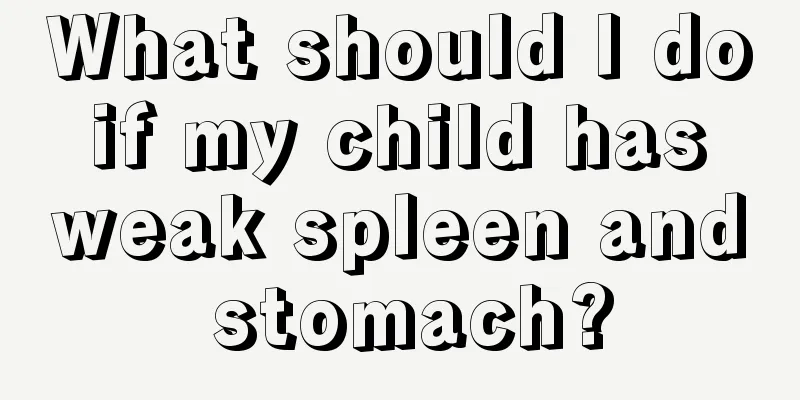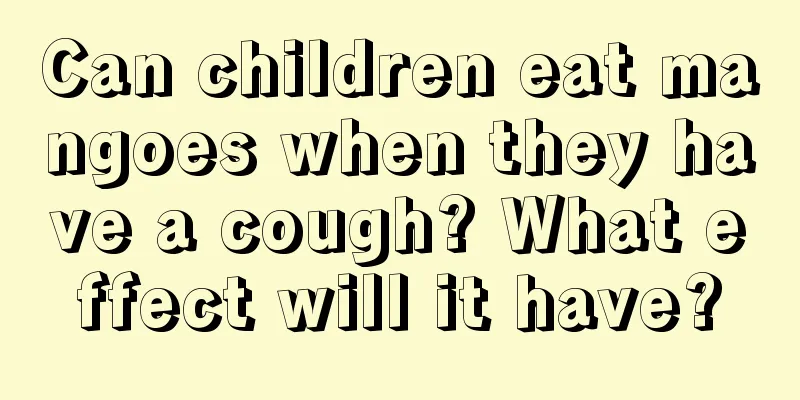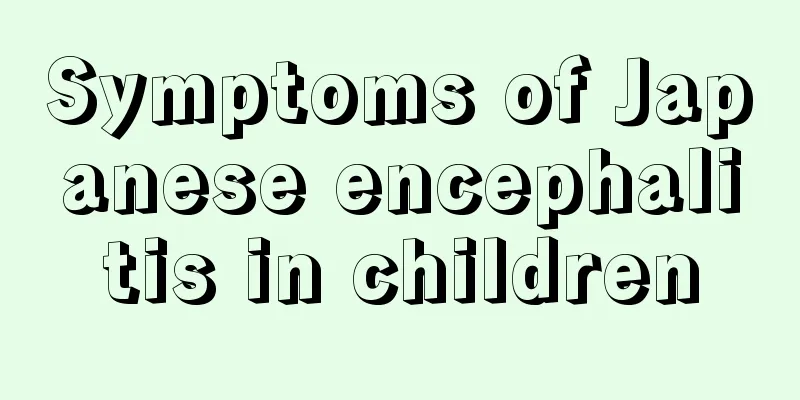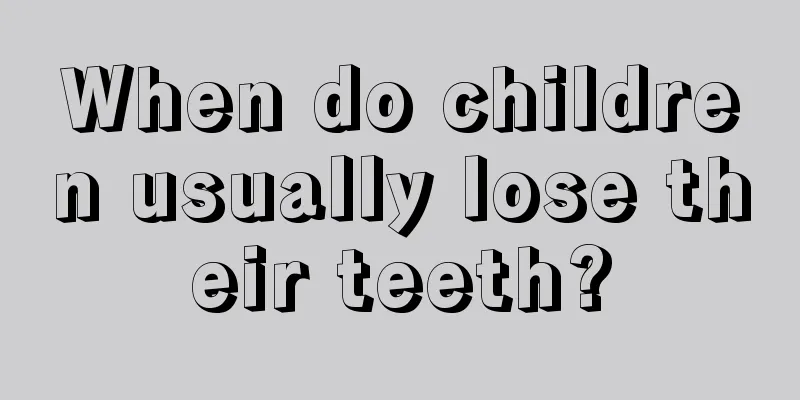Does a child's hernia require surgery?
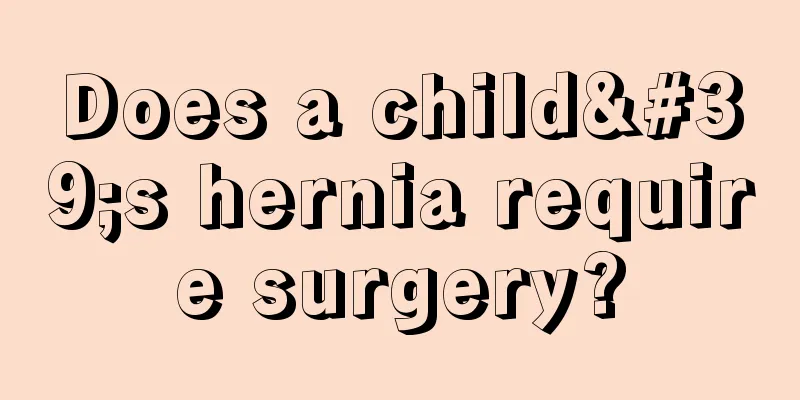
|
There are many opinions on the treatment of hernia in children. We know that one of the main causes of hernia in children is increased intra-abdominal pressure. For example, when a child coughs violently, cries constantly, or holds his breath, there are often no obvious symptoms of pain. Generally speaking, a reducible mass in the umbilicus is a typical manifestation. In response to this situation, some parents will ask whether surgery is necessary? The main symptom of hernia in children is the protrusion of a hemispherical swelling in the umbilicus. It expands when the child cries, and the skin and scar of the umbilicus are tense and slightly bluish. The swelling shrinks or disappears when the child is quiet or sleeping supinely, and loose wrinkles are left in the umbilicus. The enlarged and hard umbilical ring can be touched by probing with fingers, and the sound of air passing through water can be heard when the hernial contents are returned. Except for the above-mentioned umbilical swelling, there is generally no discomfort. When the hernia contents adhere to the hernia sac, it may cause local pain, and sometimes abdominal distension and vomiting may occur, but incarceration is less common. Its main treatments are: 1. Non-surgical treatment The severity of hernia decreases with age, and most hernias can heal on their own within 2 years of age. Some people use wide adhesive tape to compress the umbilicus, return the hernia contents before sticking the tape, and pad it with gauze to prevent the hernia contents from falling out. Most people suggest that no treatment is needed and just wait for the wound to heal on its own. They also advise against applying pressure with hard objects such as coins, buttons or wood chips to prevent local ulceration and infection. 2. Surgery Only a few cases require surgical treatment. Generally, after the age of 2, if there is adhesion of hernial contents to the hernial sac or a history of incarceration, surgery should be performed promptly. Surgical treatment is more effective and recurrence is rare. During non-surgical treatment, the umbilical cord should be carefully cared for to prevent compression and damage to the thin umbilical cord tissue, which could lead to serious consequences. In fact, the symptoms of hernia in children can also vary. For the treatment of hernia in children, younger ones can choose non-surgical treatment, and it may heal on its own. Children who have not had their hernias reduced after the age of 2 or who have serious conditions such as incarceration will require surgical treatment, so children do not necessarily require surgery for their hernias. |
<<: What are the disadvantages of children drinking milk before bed?
>>: How to treat hernia in children?
Recommend
Why does the baby's upper tooth grow first?
Newborns do not have teeth, except in some specia...
What is the recovery period for infant pneumonia?
Nowadays, every child is the treasure of the fami...
How to treat a three-year-old child with nasal congestion
Babies around three years old are very cute and c...
What kind of exercise can children do to grow taller?
The situation of children nowadays is that they e...
Reasons why children always cough at night
There are many children who always cough at night...
Introduction to children's leg clamp syndrome
The disease of pediatric leg clamp syndrome mainl...
What should I do if my child has pharyngitis and cough?
Pharyngitis is a common disease. When people talk...
Can stimulating the pituitary gland make you taller?
There is a rumor circulating quietly among some p...
How to provide early childhood education for children aged 0 to 6?
Parents are not very concerned about children'...
What to do if your child has otitis media
Children are a high-risk group for otitis media, ...
What to do if children have dry nose
The nose is a relatively sensitive organ in the h...
Two-year-old baby has diarrhea with foul odor
If your baby has diarrhea with a foul odor, it is...
Why do children grind their teeth when they sleep at night?
Teeth grinding can be seen everywhere in our live...
What to eat when your baby is teething
Mothers are always paying attention to the physic...
What is Down's syndrome?
Every child is an angel sent down to earth by God...
